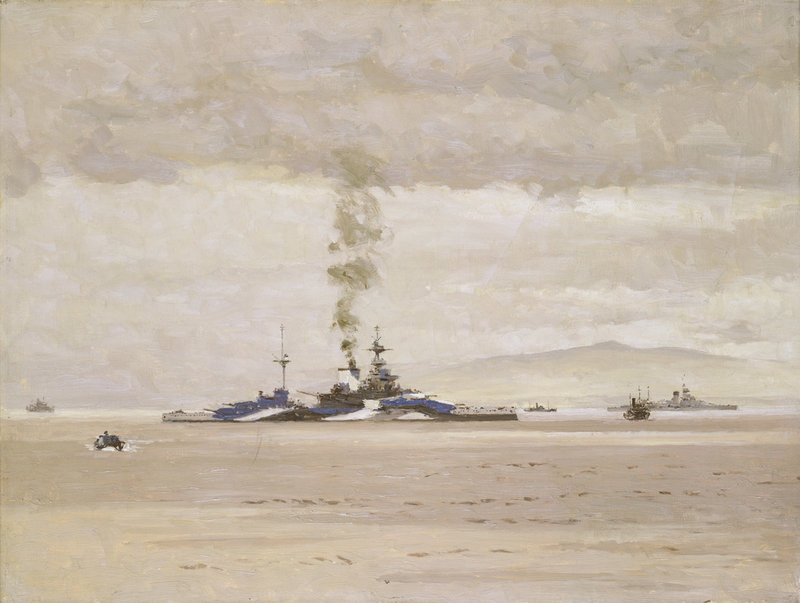Dazzle camouflage was a form of disruptive coloration painted on ships during World War I, using bold contrasting shapes that had no relation to the forms of the ship.
The idea was not so much to make the ship disappear as it was confuse the observer about the vessel's shape, range, and heading.
The paint strategy was used not only on military ships but also on merchant ships and passenger liners. It gradually fell out of favor after the First World War.
Dazzle schemes were not just black and white, but often used bright colors as well.
 |
| Arthur Lismer, RMS Olympic in Dazzle at Halifax, Nova Scotia, 1919 |
Other artists painted pictures of these ships in harbor, giving their canvases an automatic modern look.
 |
| Edward Wadsworth, Dazzle-ships in Drydock at Liverpool, 1919 |
-----
Wikipedia: Dazzle Camouflage
Related post: Disruptive coloration
0 Comments on Dazzle Camouflage as of 4/26/2015 11:11:00 AM
Add a Comment



.jpg)
_cropped.jpg)

